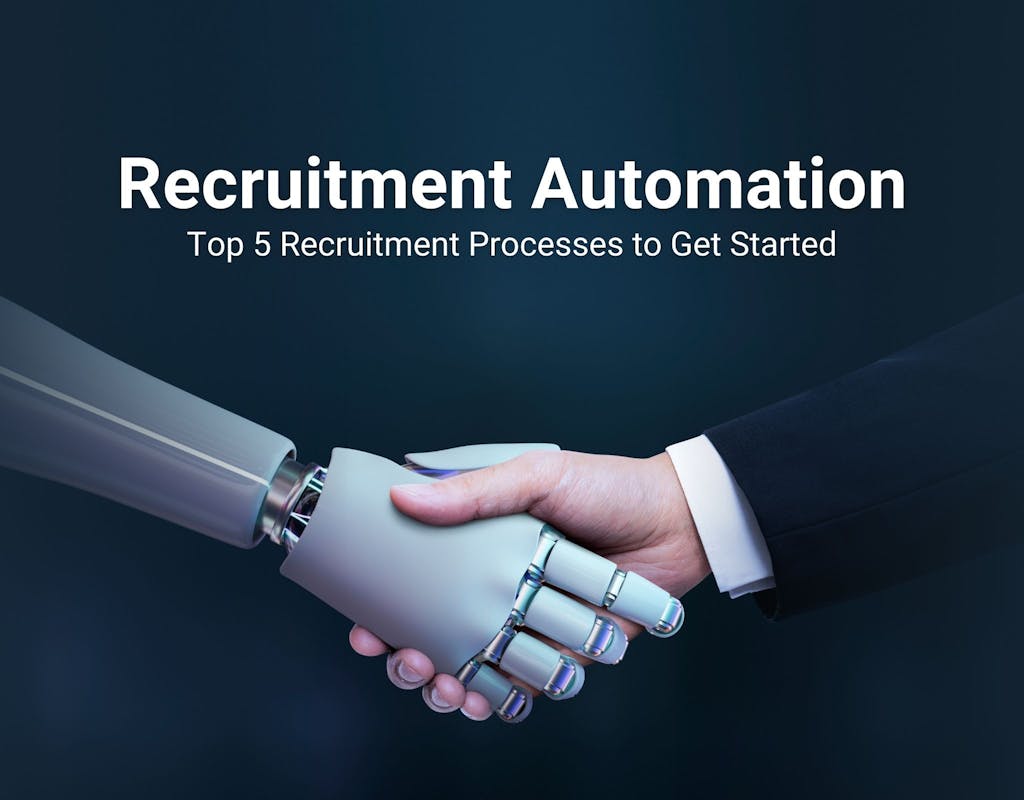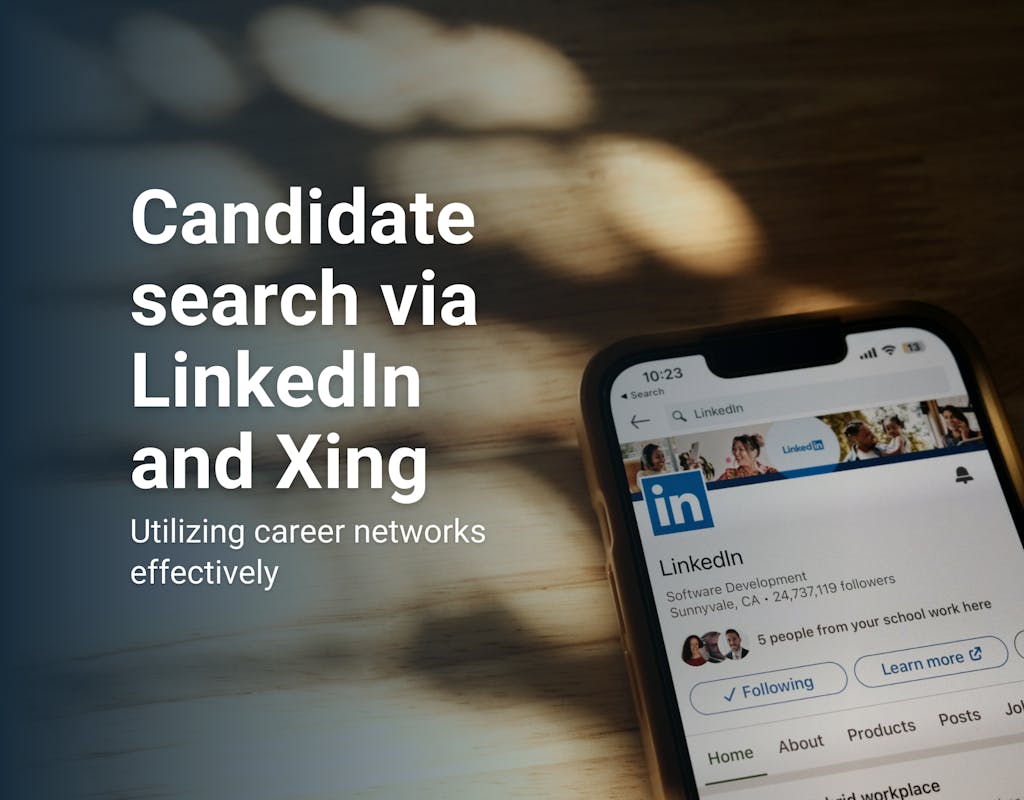In the 1970s Dr. Frithjof Bergmann coined the term “New Work” as a means to define our changing relationship with work, he was inspired by the shift in our relationship with work. The outcome was a new paradigm for how we define new ways of organizing work. The aim was to structure work in a way that was not forced but rather empowered workers to focus on the work they aspired to do. He made a point to distinguish between fun and work we aspire to do, the latter not being something which can be achieved in all facets of life but rather what drives workers.
With the proliferation of new technologies around AI and automation, we are seeing an evolution of traditional technologies which enables workers to focus on what they consider more “meaningful work”. This has led us to reconsider the traditional career page to evolve into a tool for further automating processes.
The traditional career site is in transition. A career site is no longer just a collection of job listings and job search tools. Instead, it now includes various features that help candidates find the most relevant efficiently. In doing so it has evolved into a marketing tool, communicating the employer brand to help better capture candidate interests and wants.
In this article, we compare traditional career pages versus their evolution into smart career pages with the aim of demystifying the changes brought on by new technologies which enable employees to be more efficient.
Technological advancements and catering to a more diversified workforce are just some of the factors driving change in today’s career websites. How to create a smart career site, what are candidates' expectations, how to improve communication, and what relevant technologies to implement which truly make companies more efficient are key to understanding the shift in what a career page is meant to do.
Requirements for a career site
The main feature of a career page is the job offers. They are the company's flagship and applicants are usually forwarded directly to them when they are looking for a job at the respective company. In this respect, the career site plays a major role in employer branding. Studies have shown that career pages are the most effective channel for building an employer brand and driving traffic to this page is the best way to measure employer branding. The current job market entails candidates first choosing the company and not the other way around.
A career site should therefore first and foremost meet the following basic requirements:
- Clear overview of the job offers
- Detailed information about the jobs
- Simple overview
- Fast application process
- FAQ's
In addition, there are various ways to improve the candidate experience and strengthen the first impression of the company. We will first compare the traditional approach and then show you trends and smart career pages. Finally, we will break down the best practice for evolving your career page.
Traditional career pages
A traditional career site is a place where, as the name suggests, companies publish all available career paths in the form of job offers on their website. The career site is usually designed in such a way that visitors can quickly browse and apply for job openings. The cons of traditional pages is that it can be difficult for visitors to efficiently find needed information. For example, if you are looking for a job in a specific field but have no idea what the company stands for, the user will most likely not apply to the open position on the site. At the core of smart pages is simplifying the decision-making process of a candidate and removing the monotonous tasks of searching for information on Google or LinkedIn to avoid the risk of candidates losing interest.
A younger generation of applicants are very tech savvy and lose interest in companies who do not provide what they consider an up-to-standard experience, to them first impression is everything and a company’s career page is the front door to the home they have built; failure to meet these expectations naturally results in fewer applicants. Actively approaching companies on career sites and filling out outdated, time-consuming forms can also scare off applicants. Trends like the Active Sourcing Movement show that career sites are no longer perceived as a standard recruiting method. Traditional sites are often less interactive or lack mobile responsiveness or do not look aesthetically appealing on mobile devices, which can also scare off more applicants. Again, you only get one chance to make a first impression.
Smart career pages and related trends
The best career pages are designed around the user and provide an efficient experience.
They are built on the principle of being user-centric and again efficient, it is key not only to reduce the time to discover a job but rather to establish brand affinity.
This means that the career site should not be overloaded with information. Simple and straightforward is the right approach here. Trends for career sites also include technologies, such as chatbots, that automate the application process. These offer applicants a point of contact and can thus relieve the HR department. Find out exactly how this works in the last section!
A good career page shows applicants what values the company stands for and what career opportunities it offers to talent. A trend you can see with smaller companies is to introduce your team or place employee stories on the career page. These can also be creatively designed, as seen at Everdrop. There, the team introduction was linked to the job board so that the applicant can get an idea of the team. A career podcast can also give talent a behind-the-scenes look at the company and thus attract new applicants because the goal is to give applicants an authentic picture of the company and pique their interest. On Continentals’ careers page, you can see how you try to convey your values to the applicant and offer them varied opportunities to learn about the company. You also use some of the trends mentioned above.
A short summary of the trends for you:
- User-Centred Design
- Career Chatbots
- Presenting corporate culture and values (e.g., diversity, green recruiting)
- Team introductions and career podcasts
Career Pages Best Practice
There are many ways to take your career site to the next level. The following are career best practices and show you how to restructure your traditional career site into a smart interactive space.
Your career site should speak directly to candidates and effectively highlight the most important points regarding your brand, values, objective and how you grow employees’ careers. Design plays a big role in this, use a consistent corporate design that defines a unique selling point for your brand, most importantly it should be up to date with modern design principles, simple, intuitive, and never underestimate the power of good design. Design is your business card; it says a lot about the organization and how much they value experience. Strong design should appeal to the target audience you want to reach, and cater to the tribe of people you are aiming to attract rather than democratize design to please everyone. Highlight the benefits of the job and the company and show applicants why it is equitable for them to choose your company. Show applicants a glimpse of your future workday, whether it is through videos of the office, employee testimonials, or a team introduction, any glimpse can get talent to show interest in the company. The aim is to break down walls and allow the candidate to behave like a buyer of the brand, for them to understand the benefits and what it is built on.
If your employer branding is well positioned that talent decides to apply, you must utilize the latest technologies and trends to make the application and screening process as enjoyable as possible. Take the candidate on a journey and make the application process as easy as possible. Tips for this is a mobile and responsive design as this is the modern standard, as many young people apply via mobile devices. A best practice for your career site is also to register via social media such as LinkedIn. Make it easy for the applicant to apply by only asking for the most important information.
Here's a summary of best practices for your career site:
- Corporate and audience-focused design
- Design optimization for mobile devices
- Highlight benefits
- Present company (office videos, testimonials, team introduction)
- Automate the onboarding of candidates
- Easy registration via social media (e.g. Linkedin)
Implementing a chatbot can also help answer questions in the application process, automate the assessment center and send updates to applicants via social media channels, this is a foundation for putting in place engagement strategies. The advantage is that the bot is always available, and you do not have to spend additional human resources. To learn how you can automate job placement and make it easier for applicants to apply; keep reading to find out more.
Boost your employer branding today with MoBerries
There are many different career pages, but only a few of them are up to date. And even less have the technology to help job seekers find jobs that match their skills and experience quickly and efficiently. MoBerries is a job platform that enables companies to find candidates quickly and easily. We work with the latest technologies to make the application process easier for candidates.
This includes our engagement solutions, which allow candidates to search for jobs from our partners via Telegram and Facebook and easily apply via chat. This increases the Candidate In Flow as we make it as easy as possible for talent to find their dream job through our Jobbot - plain and simple. Our jobbot offers companies with a traditional company site an external feature that is out-of-the-box ready and takes communication with your candidates to the next level. The jobbot actively communicates with talent and provides them with the information they need. In addition, our jobbot is available for mobile devices through social media connectivity, giving talent more flexibility in the application process, which has a positive impact on our clients' employer branding.




